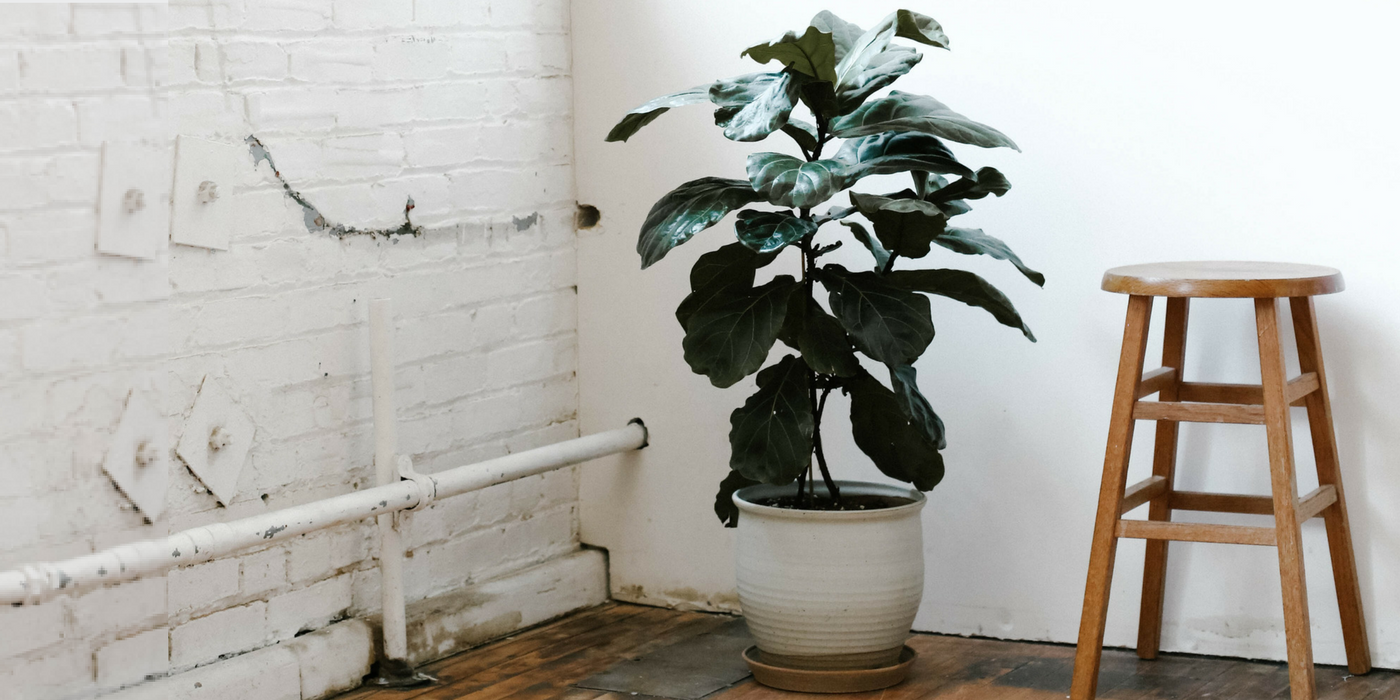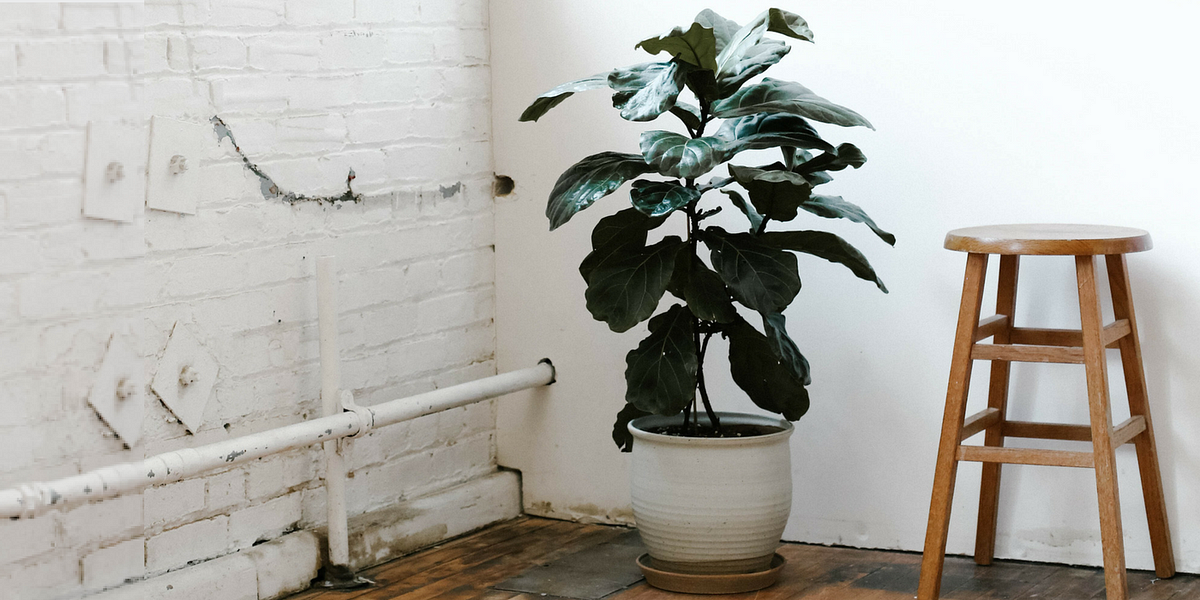
If the fiddle-leaf fig tree has you saying “fiddle dee-dee,” you obviously aren’t on top of the latest trend in plant fashion. But plenty of San Franciscans are obsessed with the Ficus lyrata, and sales of this fashionable plant are going through the roof.
“For the past three or four years, it started showing up in every interior-design magazine. Every furniture company would include the fiddle-leaf fig in a photo shoot, and with the rise of Pinterest, it perpetuated this interior-design porn, and fiddles popped up everywhere,” explained Ron Radu, cofounder of Leon and George, a plant-delivery and design service in San Francisco.
But there’s a problem in the fiddle world. The recent hurricane in Florida, Hurricane Irma, decimated a lot of the stock, so prices are about to go up on a plant that already drains San Franciscans’ wallets.
“We’re doing our best to secure as much inventory and supply as we can,” said Radu. “There’s a US shortage of fiddle-leaf figs, so it’s been a challenge. What we’re trying to do is get an exclusive with growers and nurseries and snag up as much supply as we can.”
His company typically sells the sought-after plant for $400–$500, but that includes the plant’s pot, delivery, a 30-day guarantee and plant advice. Yep, advice on how to keep your fiddle alive. The plant, while gorgeous, with a tree trunk and broad, prehistoric-looking leaves, is notoriously difficult to care for. They are picky when it comes to light and need just the right amount of water. Or else you’ll have a whole bunch of brown leaves dropping to the floor from your six-foot-tall fiddle showpiece.
“It’s this weird paradox where people want the fiddle-leaf fig, but it also adds difficulty to their lives,” said Radu.
The picky fiddle-leaf fig tree is more of a headache than a boon to the Wright Gardner, which sells, leases and maintains plants. They often try to convince San Franciscans to try an easier plant.
“They are high-maintenance trees, which makes it hard for us. Not only do we install the plants, but also we maintain them, so we try not to install something that would be difficult,” said Wright Gardner plant expert Andrea Goodman. “If the fiddle-leaf fig doesn’t work for the space, we try to be really convincing about finding something similar that looks great.”
The bird-of-paradise, which also has wide leaves with a more tropical look, is an alternative option to the fiddle-leaf fig. They are much easier to care for, along with the Ficus benjamina and Ficus audrey, which are worthy alternatives. Radu told me he tries to sway people toward the Zanzibar Gem plant (or ZZ plant), which, he said, is “absurdly easy to care for and also looks terrific.”
But both plant companies told me that once someone wants a fiddle-leaf fig, it’s hard to change their mind, and neither price nor a fiddle shortage are obstacles.
“When people really want one one of the fiddles, they want one of the fiddles, and we aren’t going to change their minds,” said Radu. “We do have fiddles in different sizes and varieties. There are ones with smaller leaves, shorter ones we put in pots with wooden legs. There are California-grown fiddles that are more bushy with leaves all the way down the trunk, which also sell really well. People just want any fiddle.”
Greg Luteff with the Wright Gardner said that when a fiddle-leaf fig works for a space, it really is a showstopper.
“I like them as a conference-room plant. If they have enough light, they make a great plant,” he said. “They are not only dramatic, but the leaves are rounded, soft and welcoming.”







